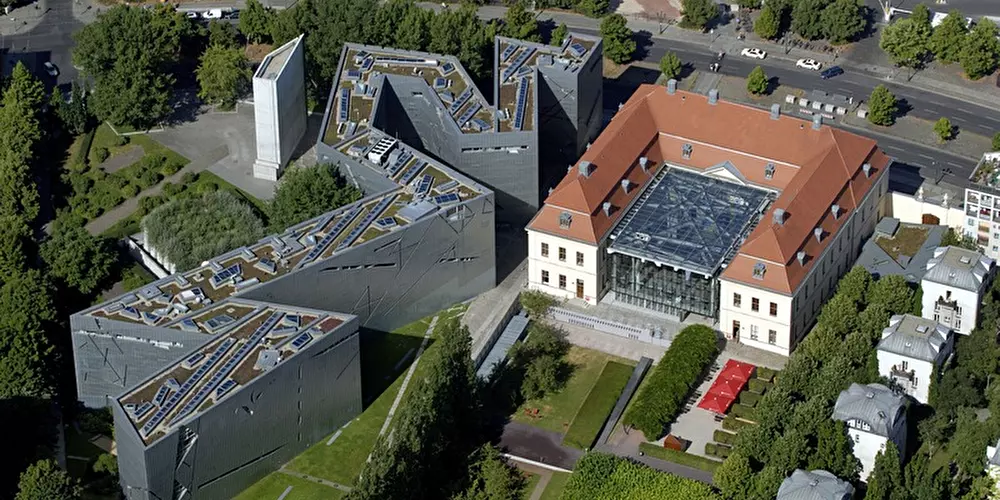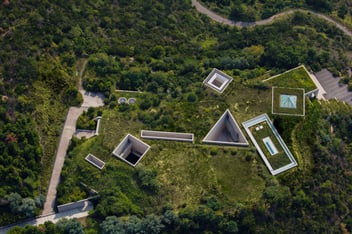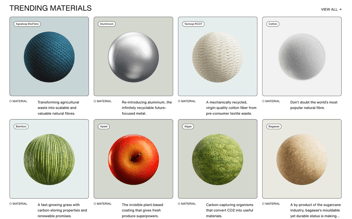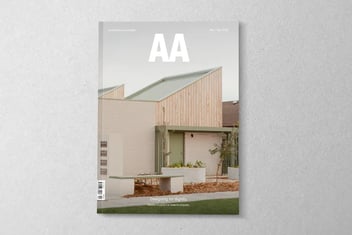Architecture as a Journey – Jewish Museum Berlin by Studio Libeskind
When designing a building, journey and experience are important elements for the architect to consider. The Jewish Museum in Berlin, by Daniel Libeskind (Studio Libeskind) is a great example of how this method of designing can lead to an incredibly powerful outcome.
Although not a straight line, the building is designed in a linear fashion, with kinks and cranks throughout to create a very specific shape, originally derived from the Star of David. This allowed Libeskind to create a clear pathway for the visitor, while still allowing for moments of quiet, reflection and varied scale with ease.
The building itself is an extrusion of the plan, making the architectural expression dependent on the linear circulation experience within and creating a stark contrast to the existing heritage building next door.
The façade elements also reflect this design process, using planar and axial elements of the building to create linear patterning.
This project is not only an incredibly important landmark within Berlin, but a powerful experience when visited. The design process and the curated manner by which you walk through is a key reason for its potency as a space.
Perhaps, what this project tells us is that in a museum context, the curated experience as defined by the architect is a necessary tool – do you agree?






